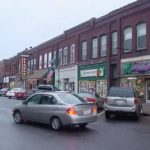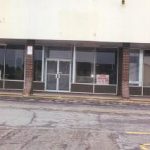Ten Steps to a Living Downtown
Housing is a critical component of a vibrant downtown economy. While strong market demand is necessary for a residential downtown to thrive, city governments can facilitate, rather than impede, the working of these forces. This article summarizes a paper prepared for the Brookings Institution that describes steps city officials and others can take to foster a living, 24-hour downtown.
Read More...












